M.B. Naegle
Diamond
- Joined
- Feb 7, 2011
- Location
- Conroe, TX USA
Means overall length of bed casting - before they decided the customer would be more interested in a between centers dimension as part of the description
Later, Hendey would advertise and mark them such as 16 X 54
Yep, precisionly measured with a carpenters tape measure
 , it comes out to 96.25".
, it comes out to 96.25".On that note, I'm actually having trouble finding keyed shafting for the speed control and clutch engagement shafts along the front of the machine. It seems like most off the shelf stuff is sold in continuous lengths up to 6ft. I need something closer to 8 to replace the shafts with, so I'll either need to do some splicing or make them myself. I'm trying to figure out the set-up to cut an 70" keyway on a machine with maybe 24" of travel (Bridgeport or more likely one of the horizontals). I've done big parts requiring indication between two points, but taking multiple passes to make one seamless keyway may not come out so well. So doing them in two pieces may be better. I can cut the keyed part off of the original shafts and thread and pin the straight portion onto a new 6ft. length of keyed shaft.


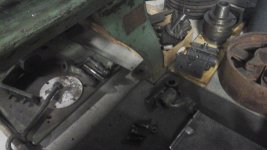
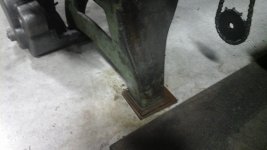






 .
.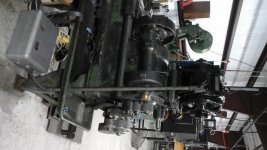
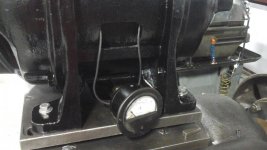




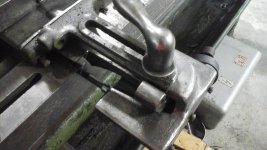
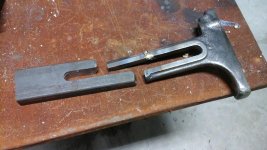
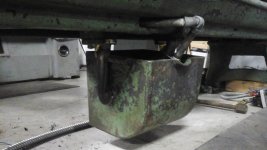
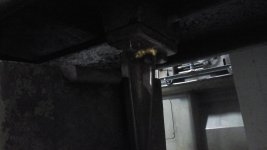
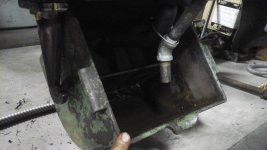
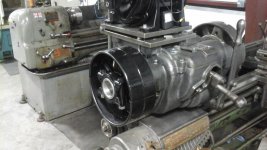
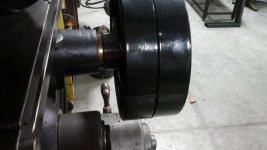



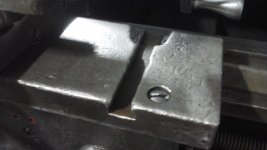

 ( the only blades I have are too stiff)
( the only blades I have are too stiff)